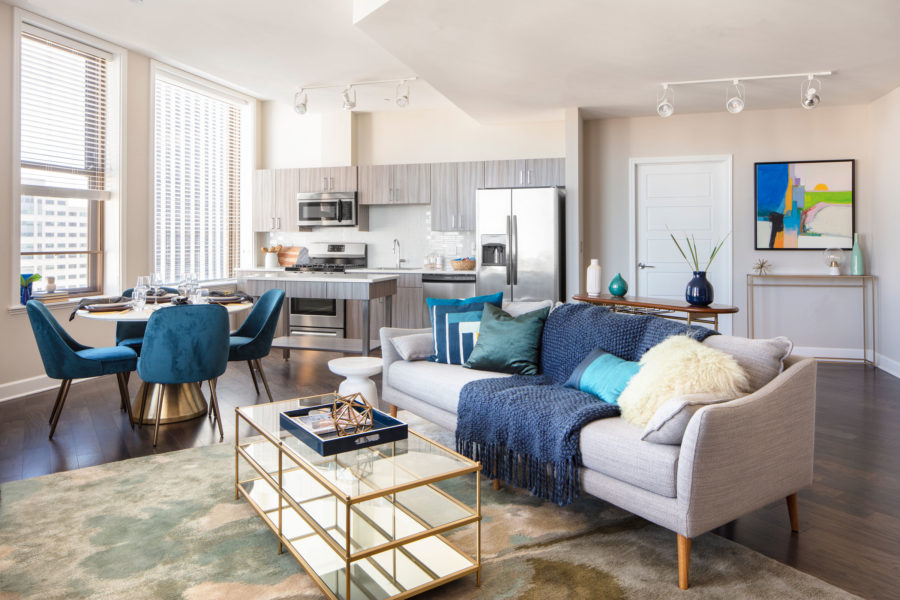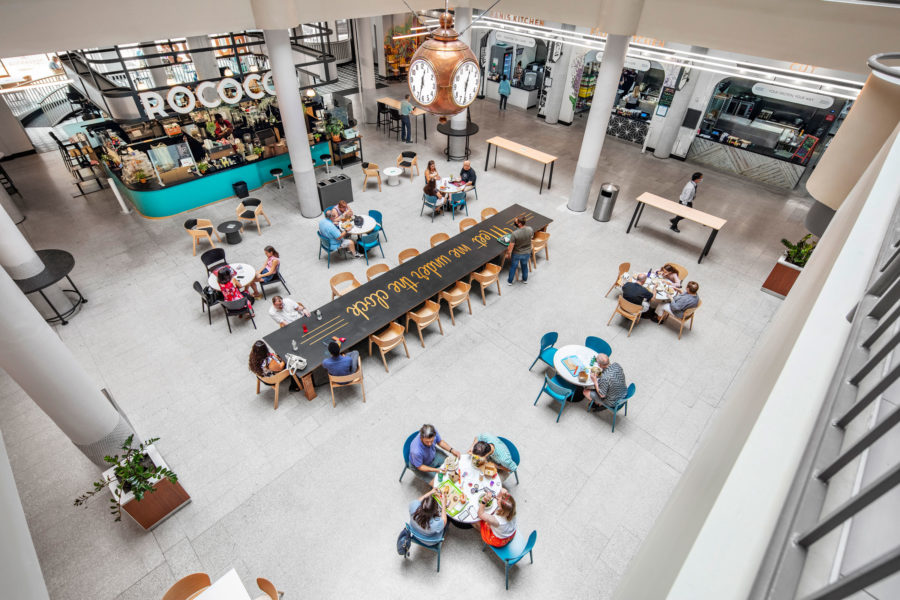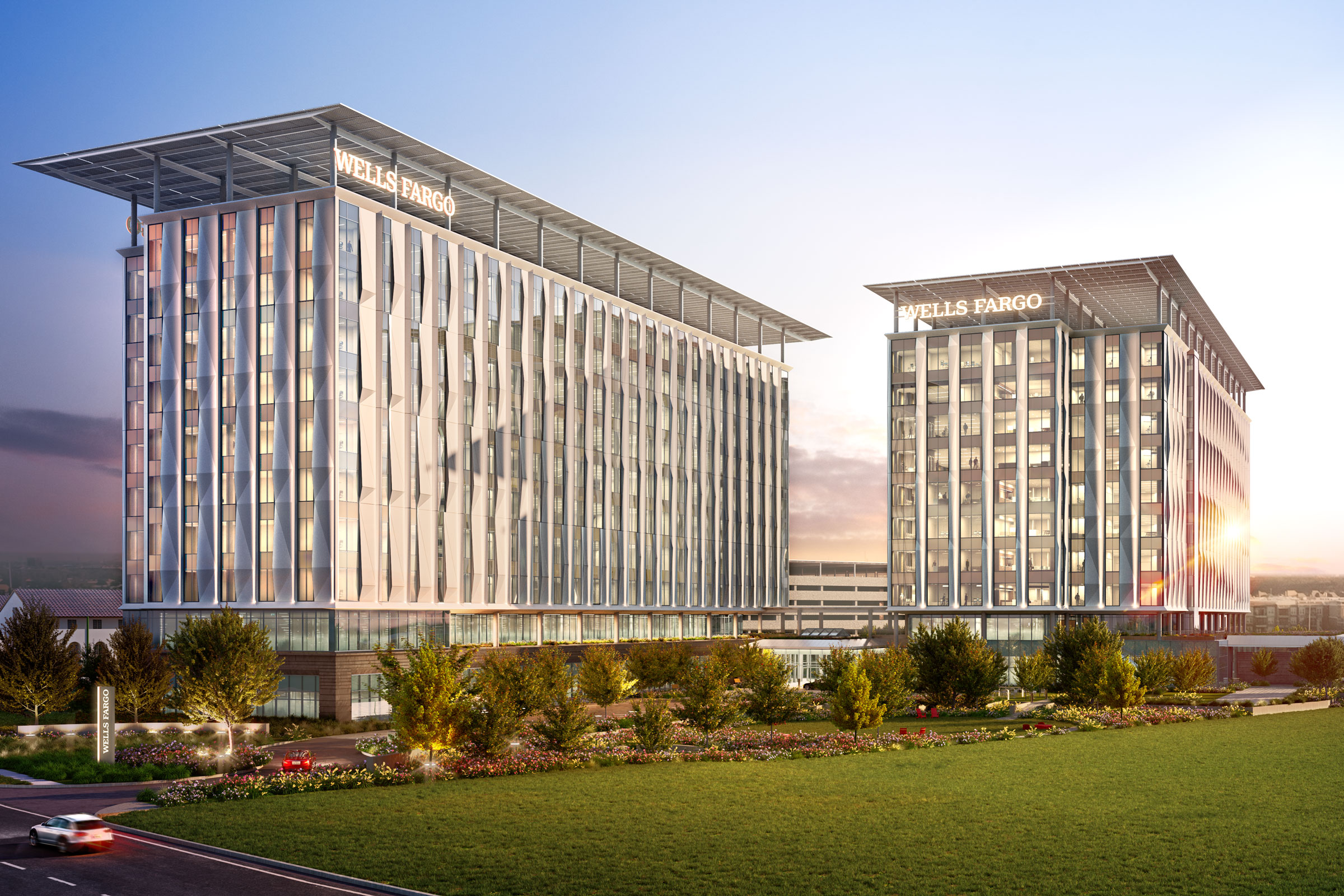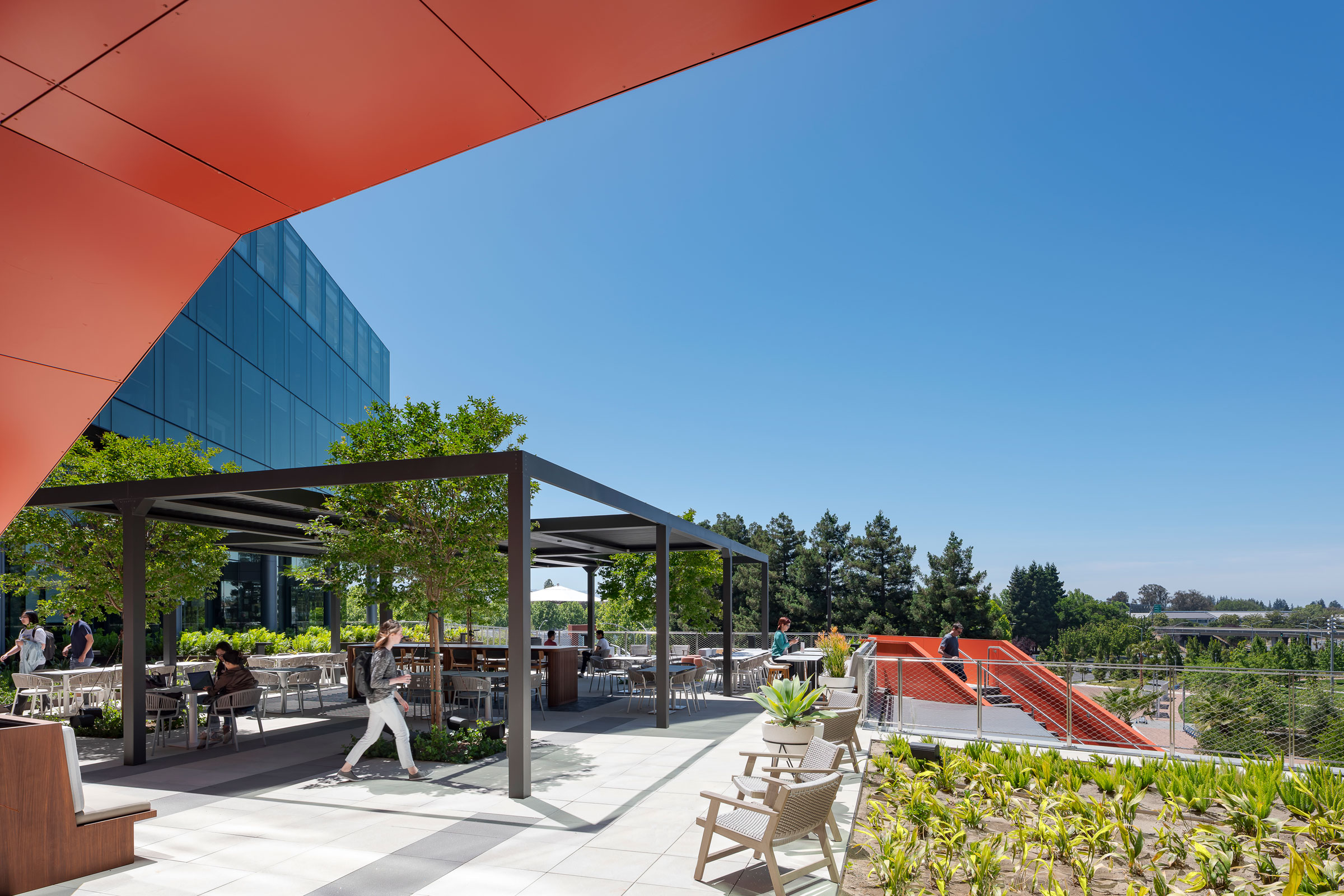Story at a glance:
- The Architectural Team transformed a 1.1 million square feet mall into a new mixed-use development.
- The architects were careful to preserve the historical characteristics of the place, while making it suitable for modern use.
- The adaptive reuse project uses energy efficient appliances and is LEED-certified.
After nearly a decade of renovations, Sibley Square is opening its doors once again. Once home to one of the largest department stores in America, the space fell into disrepair after the mall closed in 1989. But with nearly 300 units of housing and a variety of retail and office space, the 1.1 million-square-foot Sibley Square is reclaiming its spot as a central hub for the Rochester community.
When WinnDevelopment purchased the building in 2012, they partnered with The Architectural Team (TAT) to preserve the historical and cultural heritage of the site while making it a functional space for the 21st century.
Sense of Place
Home to Sibley’s Department Store, the five-story steel frame building with brown Roman bricks, Chicago-style windows, and an iconic clock tower opened its doors in 1906. The building expanded several times during the first half of the 20th century and served as a central gathering place for Rochester residents. In the late 1960s the mall had nearly 200 stores and employed more than 3,000 people during the holiday season, with as many as 100,000 visitors in a day.
The Project

Spectra, one of the three housing communities in Sibley Square, incorporates restored brick and original finishes, and new touches such as locally-fabricated millwork. Photo by Christian Scully
Working with a century-old structure, the team had to stabilize and renovate the building. In addition, they added 12 new elevators in existing cores, created multiple roof decks, and reworked the interior layouts to make the building’s deep floor plates suitable for residential use.
The transformed mixed-use space features art galleries, retail shops, restaurants, a grocery store, childcare services, high-tech office and lab space, and market-rate and affordable housing.
Challenges

In the skylit atrium, a 15,000-square-foot food hall showcases local restaurants and other independent food and beverage vendors. Photo by Christian Scully
With 23 acres of floor space, the biggest challenge of the project came from its sheer scale, according to Michael Albert, a project manager at TAT. To modernize the complex for a variety of uses, they replaced and upgraded various building systems. Finding a suitable place for them in existing infrastructure proved challenging. They dismantled a three-story structure on the roof and added one mechanical suite there, locating the rest in the basement. “Finding clever ways to thread those systems up through a historic building of this scale was quite a feat,” Albert says.
Sustainability
“The entire Sibley Square complex is designed with a focus on efficient and high-performance systems,” Albert says. In addition to savings on embodied carbon that come from adaptive reuse, all appliances and lighting are Energy Star–labeled. This, along with the fact that the site is walkable and served by public transportation, earned it a LEED certificate.
Looking Ahead

NextCorps, a 68,000-square-foot high-tech research and development incubator for start-ups supported by the University of Rochester, includes a variety of working spaces, an auditorium, and labs and makerspaces. Murals by contemporary local artists are featured alongside original custom millwork. Photo by Christian Scully
Parts of the building are still being renovated, but the space is already filling up. Of the 280 apartments, most have been leased. More than 60 businesses are running out of NextCorps, a business incubator.
“Our towns and cities face persistent challenges, but it truly is possible to use existing assets to meet many of our most pressing social needs,” Albert says. “For us, Sibley Square is a reminder to always think creatively and take the perspective that solutions are possible when people collaborate.”




